Optimal Timing for Asbestos Inspections
Determining the optimal time for asbestos inspections depends on various factors, including property age, renovation schedules, and potential exposure risks. Regular inspections are recommended for older buildings, especially those constructed before the 1980s, when asbestos was commonly used in construction materials. Conducting inspections prior to renovation or demolition projects ensures safety and compliance with regulations.
Perform asbestos inspections before renovation or demolition to identify potential hazards and prevent exposure during construction activities.
Regular inspections are advised for buildings over 30 years old to monitor for asbestos deterioration or disturbance.
After natural disasters or damage, inspections help detect asbestos exposure risks from compromised materials.
Inspecting properties during tenant transitions ensures asbestos materials remain intact and safe.

Technicians conducting asbestos inspections in a residential setting.
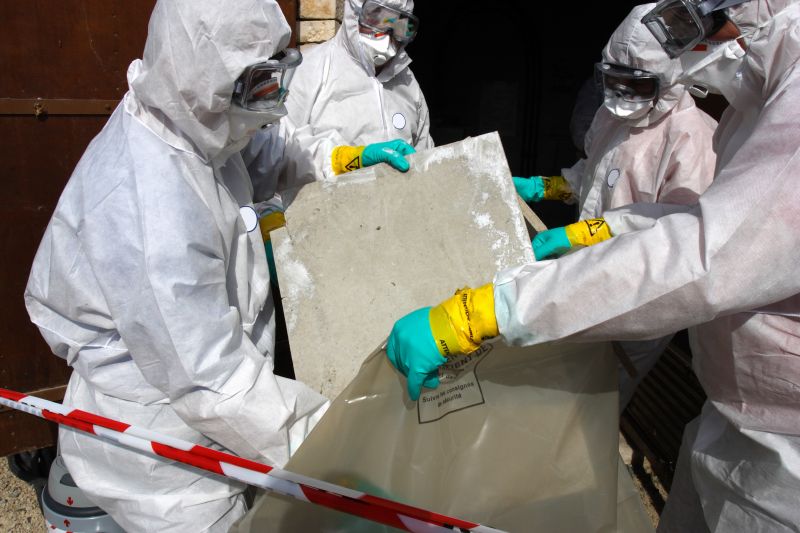
A professional collecting material samples for asbestos testing.

Inspectors examining building materials for asbestos presence.

Ways to make Asbestos Inspections work in tight or awkward layouts.
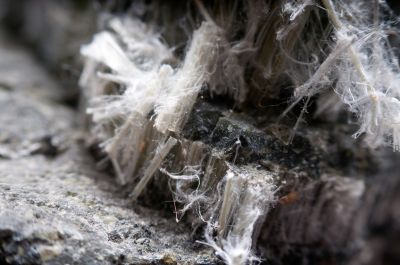
Popular materials for Asbestos Inspections and why they hold up over time.

Simple add-ons that improve Asbestos Inspections without blowing the budget.
Asbestos inspections are essential for identifying the presence of asbestos-containing materials in a property. Asbestos was widely used in insulation, flooring, roofing, and other construction materials until regulations limited its use. Aging buildings are more likely to contain deteriorating asbestos, which can pose health risks if fibers become airborne. Regular inspections help ensure safety and facilitate proper management or removal of asbestos materials.

Specialized tools used for sampling and analysis during inspections.
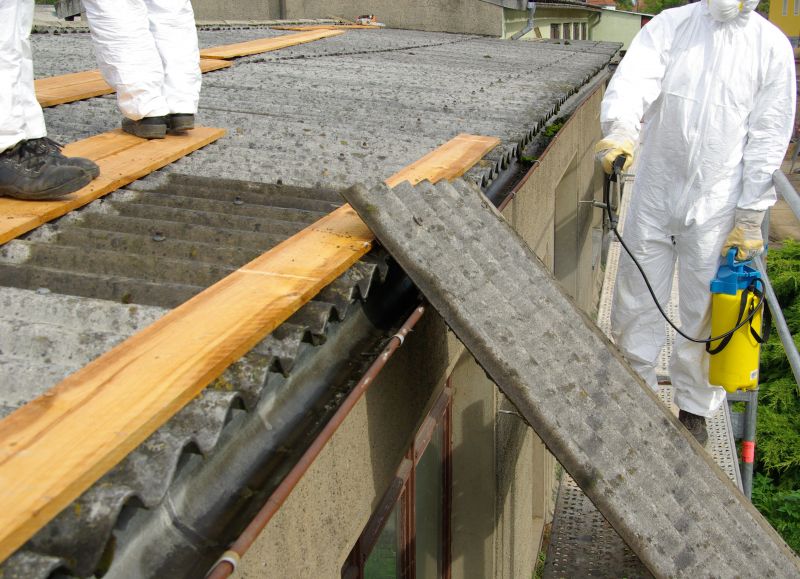
Samples analyzed in labs to confirm asbestos presence and type.

Detailed documentation of findings from an asbestos inspection.
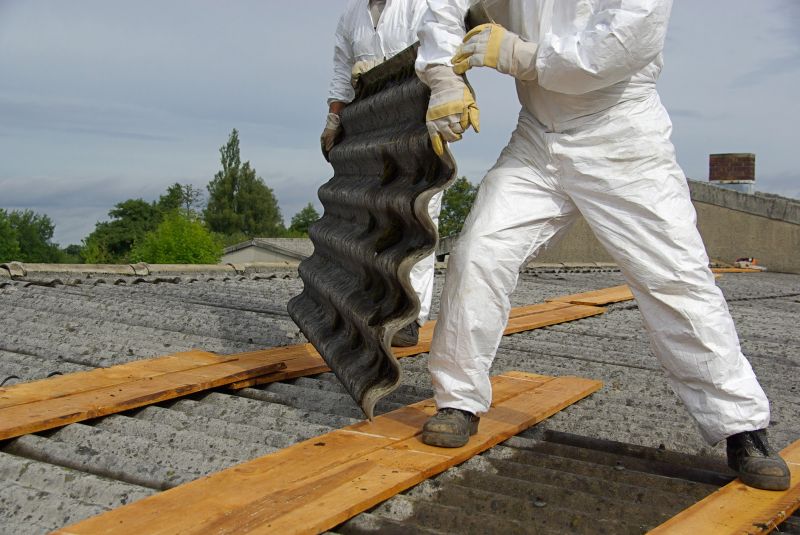
Steps taken to safely remove asbestos after detection.

High-end options that actually feel worth it for Asbestos Inspections.
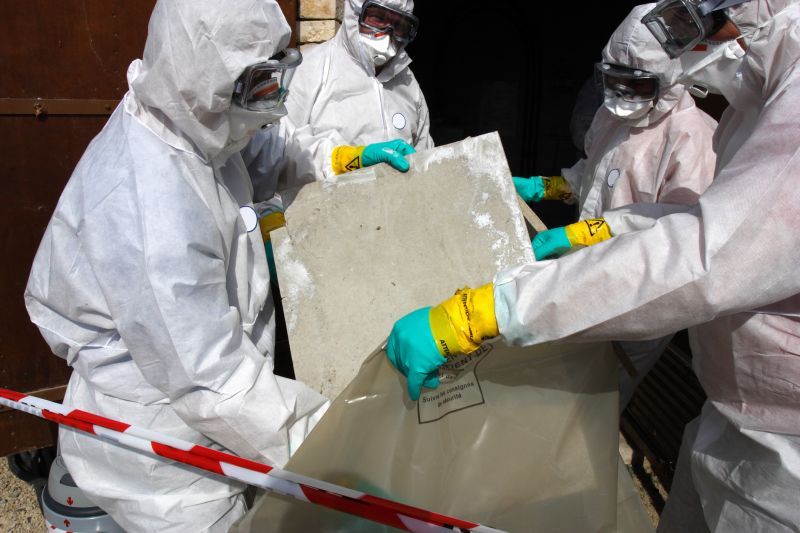
Finishes and colors that play nicely with Asbestos Inspections.
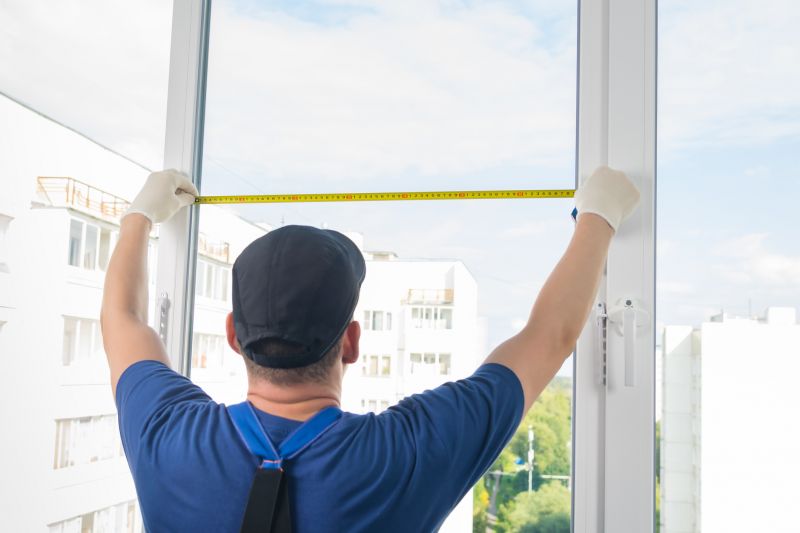
Little measurements that prevent headaches on Asbestos Inspections day.

A 60-second routine that keeps Asbestos Inspections looking new.
| Scenario | Recommended Timing |
|---|---|
| Building renovations or demolitions | Before starting work |
| Older buildings (over 30 years) | Regular intervals, e.g., every 3-5 years |
| Post-natural disaster or damage | Immediately after event |
| Tenant move-in or move-out | During property turnover |
| Pre-purchase inspections | Prior to buying property |
| Suspected deterioration of materials | As soon as issues are suspected |
| Environmental assessments | During property evaluations |
| Remediation planning | Before asbestos removal |
Timely asbestos inspections are vital for maintaining safety in residential, commercial, and industrial properties. They help identify potential health hazards early, ensuring appropriate measures are taken to prevent fiber release. Regular inspections, especially in older buildings or after significant events, contribute to a safer environment and compliance with health regulations.
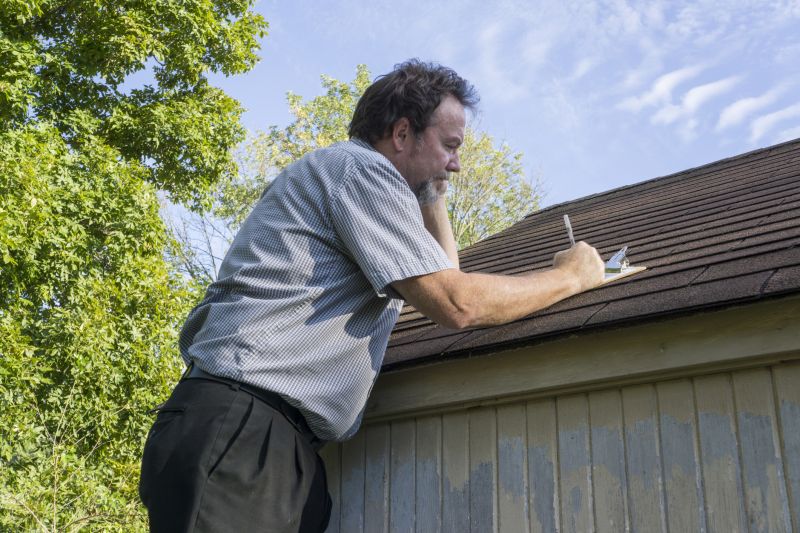
Professionals performing detailed asbestos assessments.
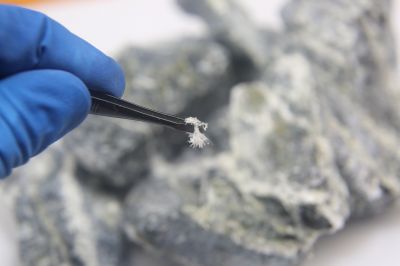
Samples collected for laboratory analysis.

Comprehensive reports outlining inspection results.

A frequent mistake in Asbestos Inspections and how to dodge it.

Small tweaks to make Asbestos Inspections safer and easier to use.
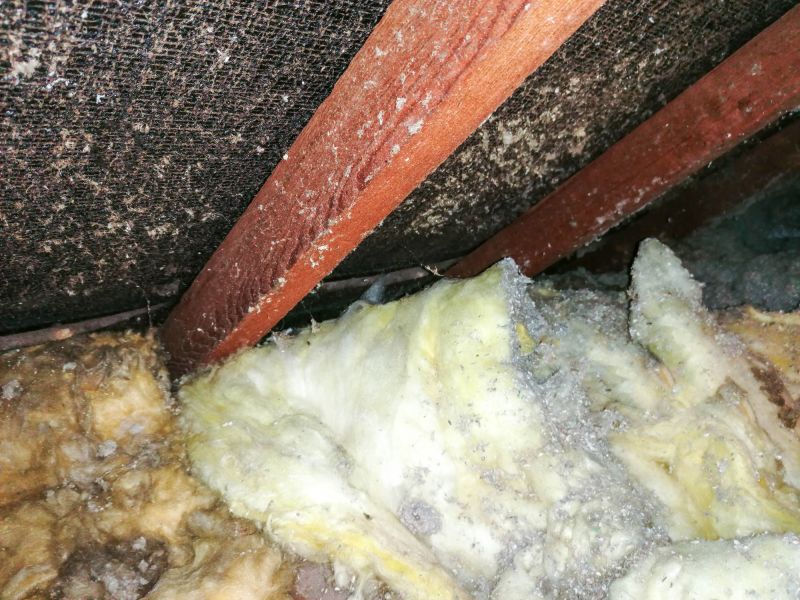
Lower-waste or water-saving choices for Asbestos Inspections.
Interested in scheduling an asbestos inspection? Filling out the contact form provides an opportunity to discuss specific needs and receive professional guidance. Regular inspections help ensure safety and compliance, especially for properties with aging materials or undergoing renovations.



